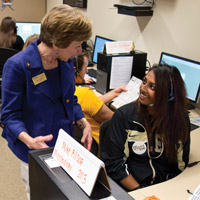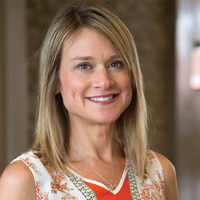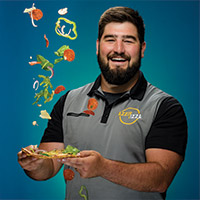Unraveling the Mystery of Language Development

Jennifer Simpson, clinical associate professor of speech, language, and hearing sciences, can diagnose hearing loss in infants as young as three and four weeks old.
Any parent who has ever decoded baby talk and even incorporated those “words” into their lives has firsthand knowledge of the nuances of language development. George Hollich, associate professor of psychological sciences, is using creative approaches to help unravel some of those mysteries. “We’re looking at how kids learn to speak,” he says, “and what’s going on in their brains before they begin to talk.”
The outcomes, he says, could help predict early measures of vocabulary intelligence and later development, as well as help identify children who are having language problems. As director of the Infant Language Labs and one of three professors in Purdue’s Infant Labs, Hollich uses a preferential looking procedure to follow a baby’s eyes to learn about what he’s thinking. A typical child, who likely won’t say anything beyond babble before he’s as old as 14 or 15 months, will give visual clues to what he understands. A researcher, using a television screen with two images, may ask an infant where the flower is. The baby then looks to the picture of the flower instead of an apple.
“It’s sort of like their first verbal SATs,” Hollich says. “We have a host of measures that show kids understand a lot of language even before their second birthday. They’re familiar with the sounds of language and the meanings of words. They know the difference between Mommy and Daddy at six months of age. And we know they understand aspects of grammar.”
Hollich notes that a child will look at the right answer to questions with subtle differences. In work done in collaboration with Amanda Seidl, an associate professor in speech, language, and hearing sciences who is particularly interested in what infants are hearing, they might ask an infant, What hit the apple? (the flower) as opposed to Where is the apple? “By watching where the kids are looking, we know how much they understand,” says Hollich, who likens the great unknown of infant knowledge to a study of the dark side of the moon.
Traditionally, they have brought children into the Purdue labs — “like a little trip to the movie theater,” Hollich says. But more and more, by using portable computers like the iPad, they’re taking their research into child care settings where babies are actually experiencing life.











